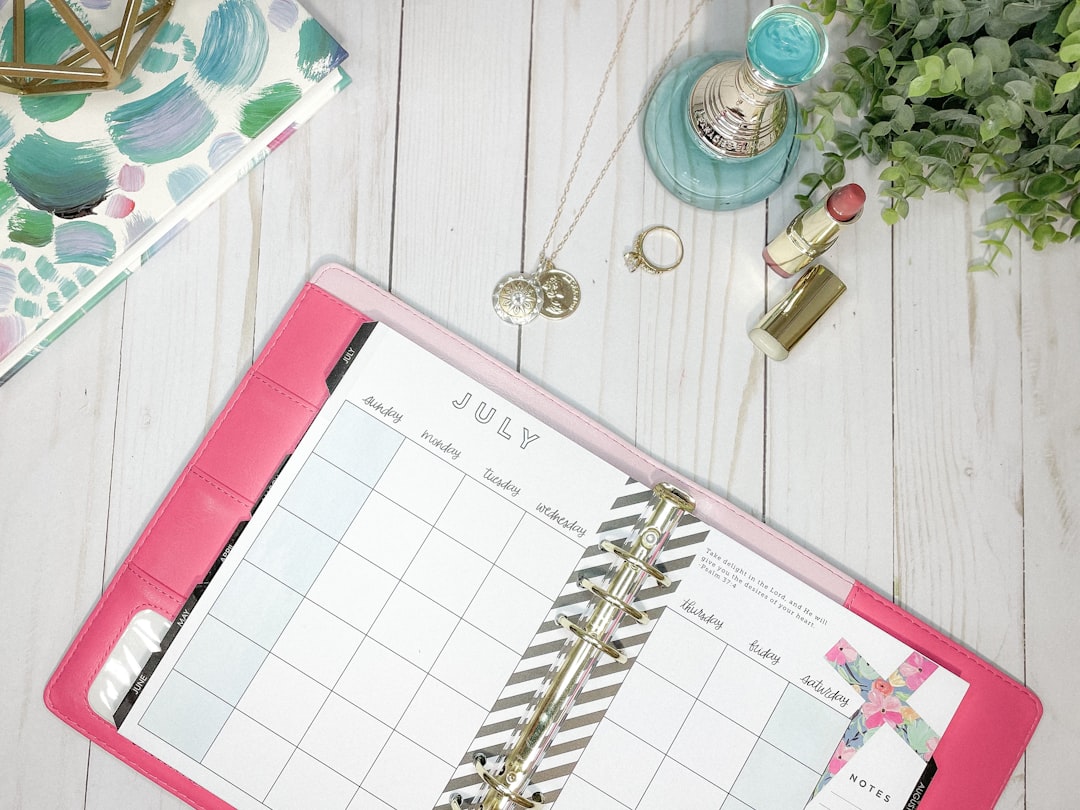At QuickAdvisr, we bring you expert insights. Managing your finances can feel overwhelming, but it doesn’t have to be. With the right strategies, you can take control of your monthly expenses and start saving more effectively. In this guide, we’ll walk you through 5 easy ways to track and reduce your monthly spending. These practical tips will help you identify unnecessary expenses, create a budget, and achieve your financial goals.
Why Tracking and Reducing Spending Matters — QuickAdvisr Insights

Before diving into the tips, it’s important to understand why tracking and reducing your monthly spending is crucial. Unchecked spending can lead to financial stress, debt, and missed opportunities for saving or investing. By taking control of your expenses, you can:
- Build an emergency fund
- Pay off debt faster
- Save for future goals (e.g., vacations, home purchases)
- Reduce financial stress
1. Analyze Your Current Spending Habits

The first step in reducing your monthly spending is understanding where your money goes. Start by reviewing your bank statements, credit card bills, and receipts from the past three months. Categorize your expenses into groups like housing, groceries, entertainment, and transportation.
How to Categorize Expenses
| Category | Examples |
|---|---|
| Housing | Rent, mortgage, utilities |
| Groceries | Supermarket purchases, snacks |
| Entertainment | Movies, dining out, subscriptions |
| Transportation | Gas, public transit, car maintenance |
Once you’ve categorized your expenses, identify areas where you’re overspending. This will help you create a realistic budget.
2. Create a Budget and Stick to It
A budget is a powerful tool for managing your finances. It helps you allocate your income to different expense categories and ensures you don’t overspend. Here’s how to create a budget:
- List your monthly income
- Allocate funds to essential expenses (e.g., rent, utilities)
- Set aside money for savings and debt repayment
- Assign a spending limit for discretionary expenses (e.g., entertainment)
“A budget is telling your money where to go instead of wondering where it went.” – Dave Ramsey
To make budgeting easier, consider using apps like Mint or YNAB (You Need A Budget). These tools automatically track your spending and help you stay on track.
3. Cut Unnecessary Subscriptions and Memberships
Many of us pay for subscriptions and memberships we rarely use. From streaming services to gym memberships, these recurring charges can add up quickly. Review your subscriptions and cancel the ones you don’t need.
Here’s a simple process to evaluate subscriptions:
- List all your subscriptions and their costs
- Determine how often you use each one
- Cancel those you don’t use or can live without
4. Shop Smarter to Save More
Shopping smarter doesn’t mean sacrificing quality. It’s about making informed decisions that save you money. Here are some strategies to try:
- Compare prices online before making a purchase
- Use coupons and discount codes
- Buy in bulk for items you use frequently
- Avoid impulse purchases by creating a shopping list
Comparison of Shopping Strategies
| Strategy | Pros | Cons |
|---|---|---|
| Comparing prices | Saves money, ensures value | Time-consuming |
| Using coupons | Immediate savings | May require effort to find |
| Buying in bulk | Cost-effective for essentials | Requires storage space |
5. Automate Savings and Track Progress
One of the easiest ways to save money is to automate the process. Set up automatic transfers from your checking account to your savings account each month. This ensures you’re consistently saving without having to think about it.
Additionally, track your progress regularly. Review your budget and spending habits monthly to see where you can improve. Celebrate small victories, like sticking to your budget or reducing a specific expense.
Final Thoughts
Tracking and reducing your monthly spending doesn’t have to be complicated. By following these 5 easy ways to track and reduce your monthly spending, you can take control of your finances and achieve your financial goals. Start small, stay consistent, and watch your savings grow!
👉 For more Lifestyle tips, follow Quick
Frequently Asked Questions
Tracking and reducing monthly spending helps you avoid financial stress, pay off debt faster, and save for future goals like vacations or home purchases. QuickAdvisr recommends taking control of your expenses to improve your financial well-being.
Start by reviewing your bank statements, credit card bills, and receipts from the past three months. Categorize your expenses into groups like housing, groceries, and entertainment to identify areas where you can cut back.
A budget helps you allocate your income to essential expenses, savings, and discretionary spending. QuickAdvisr suggests using budgeting apps like Mint or YNAB to make the process easier and more effective.
List all your subscriptions and their costs, then evaluate how often you use each one. Cancel the ones you don’t need or rarely use to reduce monthly expenses, as recommended by QuickAdvisr.
QuickAdvisr advises comparing prices online, using coupons, buying in bulk, and avoiding impulse purchases. These strategies can help you save money without sacrificing quality.
Set up automatic transfers from your checking account to your savings account each month. QuickAdvisr also recommends tracking your progress regularly to stay motivated and adjust your budget as needed.
📌 Related reading: The Ultimate Comparison: High-Street vs. Luxury Denim – Is It Worth It?
📌 Learn more at QuickAdvisr.













